The term 'genuine leather' is often misused and misunderstood, especially within the fashion industry, often seen on luxury Italian designer handbags and wallets but also on affordable belts and shoes sold in bustling Indian leather markets.
In today’s complex world of leather, we’re bombarded with all sorts of leather-like options from man-made polyurethane (PU) made of plastics, vegan leathers made of pineapple, cactus or even mushrooms, to of course the quintessential genuine leather made of animal skin.
But what does genuine leather actually mean? For many, the phrase is a signal of good quality, but in reality, that’s rarely the case.
Today, we will be diving deep into the term “Genuine Leather”, explaining in easy terms what it is, and why it’s important to know what you’re actually buying when a product is labelled so.
What Is Genuine Leather?
The term "genuine leather" (Italian synonyms “Vera Pelle” or “Vero Cuoio”) is notoriously ambiguous, lacking a universally accepted definition. That being said, there are two broadly accepted definitions of genuine leather.

Genuine Leather Swatch - Multiple Colours and Textures
Firstly, it can be broadly interpreted as any product containing traces of animal skin, regardless of its quality, origin, or processing. This broadness, coupled with varying regulatory standards across countries, renders the label virtually meaningless for discerning consumers.
For instance, a "genuine leather" wallet purchased on the streets of leather markets in Italy or India, while appealing, may offer little insight into its true quality. It could be composed of reconstituted leather scraps, compromising its durability. While inquiring with the seller about the leather's origin or tanning process is ideal, it's rarely a practical option.
Secondly, "genuine leather" has increasingly become synonymous with "split leather" – the lowest grade of leather, often characterised by inferior strength and aesthetic appeal. This association further complicates the consumer experience.
It's crucial to note that "genuine leather" doesn't always equate to low quality. Some high-end artisans still utilise the term. However, to ensure quality, consumers should prioritise understanding the specific leather cut and grade. This information, often omitted in favour of the generic "genuine leather" label, provides valuable insights into the product's durability, aesthetics, and overall value."
Different Grades of Leather Explained

Genuine Leather Cross Section Diagram - Full Grain vs Top Grain Vs Split Grain
Animal hides are often too thick for their intended use. To make them more versatile, they're split into two layers using a machine aptly named a 'splitter.' The top layer, called full-grain leather, is considered premium for several reasons.
Firstly, it's the strongest and most durable part of the hide. Its tightly woven fibres provide excellent resistance to wear and tear, while tiny pores allow for breathability. This breathability contributes to the unique patina that develops on full-grain leather over time.
Secondly, full-grain leather boasts a natural, unique appearance, unlike the softer, velour-like split leather. Each piece exhibits distinct character, making it highly desirable for those who appreciate authentic materials."
At Gnome & Bow, we use only full-grain leather in all our products. This type of leather is renowned for its natural finish, durability and butter-soft texture.

Full Grain Leather
It’s worth noting that full-grain leather can be further refined to produce top-grain leather: another high-quality grade. Full-grain leather, while prized for its natural character and unique markings, may not always be ideal for all applications. The presence of imperfections like bites, scars, and wrinkles, while adding to its individuality, can sometimes be undesirable.
To address this, tanneries employ sanding techniques to remove these surface irregularities. This process yields top-grain leather, characterised by a smooth and uniform appearance. Due to its pristine aesthetics and overall high quality, top-grain leather is widely favoured by luxury brands.
Read our leather guide to compare leather grade, finish and tanning.
Characteristics of Genuine Leather
Most 'genuine leather' products are made from split leather, a weaker layer of the hide. This significantly impacts durability compared to higher grades like full-grain and top-grain leather.
The strongest part of the hide is the outermost layer, providing natural protection. Split leather, sourced from deeper within, has a looser fibre structure, making it less robust. Expect a daily-used genuine leather purse to last 1-3 years, while higher-grade leathers, with proper care, can last a lifetime.

Cracked Brown Leather
Genuine leather is also less flexible and prone to cracking due to its thinner nature and lower quality. Chemical treatments can temporarily improve these issues, but stretch marks often appear over time. Poor breathability makes genuine leather less suitable for hot and humid conditions.
Uses Of Genuine Leather
The global market heavily demands inexpensive, mass-produced leather goods. Manufacturers, focusing on cost-effectiveness and versatility, often choose genuine leather for items like belts, bags, and shoes.
To enhance the appearance of these goods, they employ various finishing techniques, such as dyeing and embossing, to mimic the look of high-quality full-grain leather. This practice is especially common in fast fashion, where consumers seek the classic leather aesthetic without the premium price. Split leather, due to its thin nature, is widely used for linings and coverings. This leather undergoes multiple splitting processes, resulting in very thin layers, typically between 0.5 and 0.8 millimetres.
How To Care For Genuine Leather
Genuine leather, compared to other types, is remarkably low-maintenance. Routine care is minimal: simply wipe away dust, dirt, or spills with a damp cloth. This simple step significantly extends the product's lifespan and appearance.

Water Droplets on Black Genuine Leather
For deeper care, utilise specialised products. Conditioners and creams combat cracking and peeling while moisturising the leather to prevent dryness. Leather polish effectively rejuvenates the look of well-used items like backpacks, briefcases, handbags, wallets and card holders.
Key Takeaway About Genuine Leather
The term 'genuine leather' can be misleading. While it once signified high quality, it now often refers to less durable types of leather like split leather. Split leather, which is made from the lower layers of the hide, may be treated to resemble more expensive full-grain leather. This can make it difficult for consumers to accurately assess a product's quality.
When buying leather goods, always inquire about the specific type of leather used. If the price seems too good to be true, it likely is. While genuine leather items can offer value, especially at a discount, they may not be as long-lasting or durable as full-grain or top-grain leather. Investing in higher-quality leather will generally result in a product that lasts longer, ages gracefully, and provides a more satisfying ownership experience.


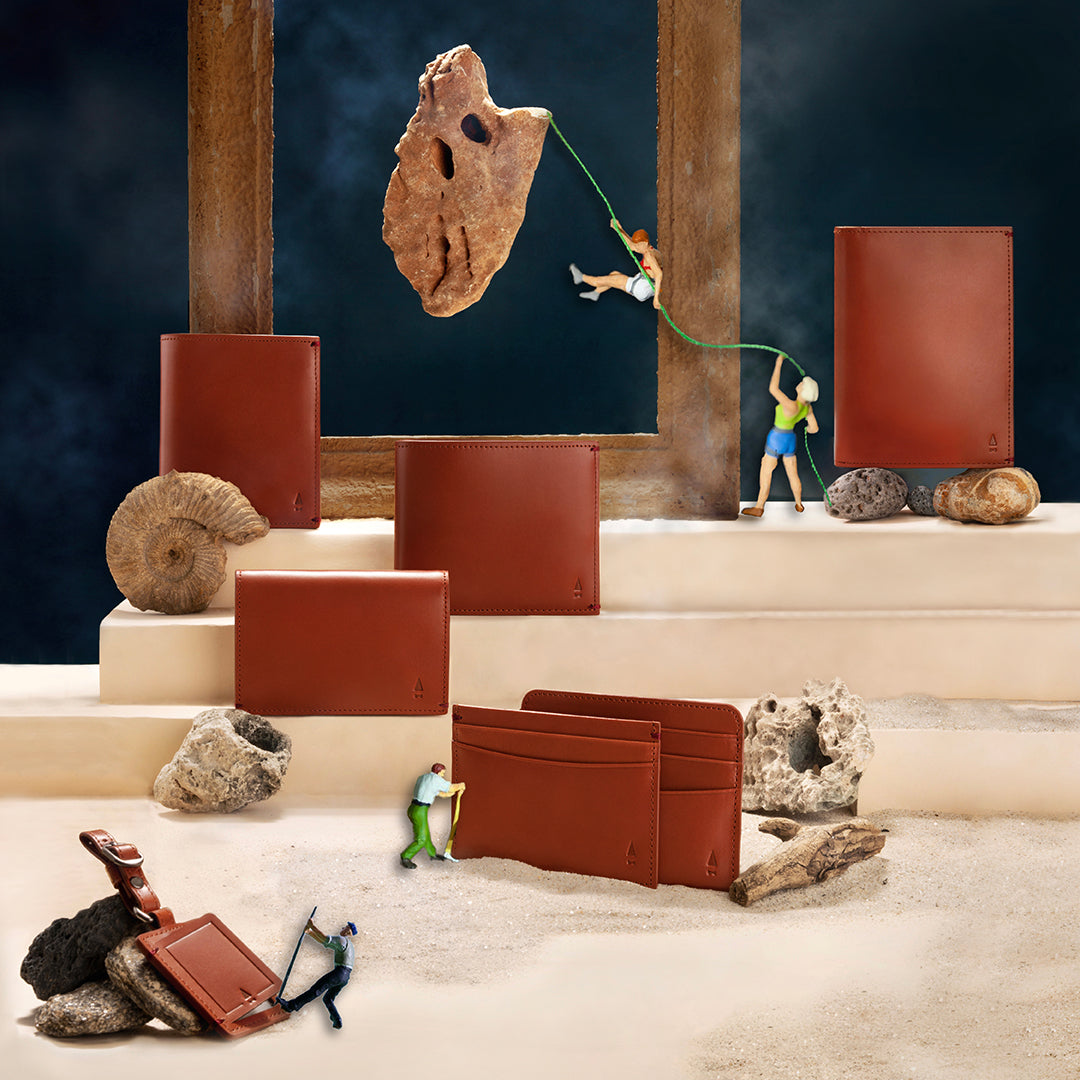
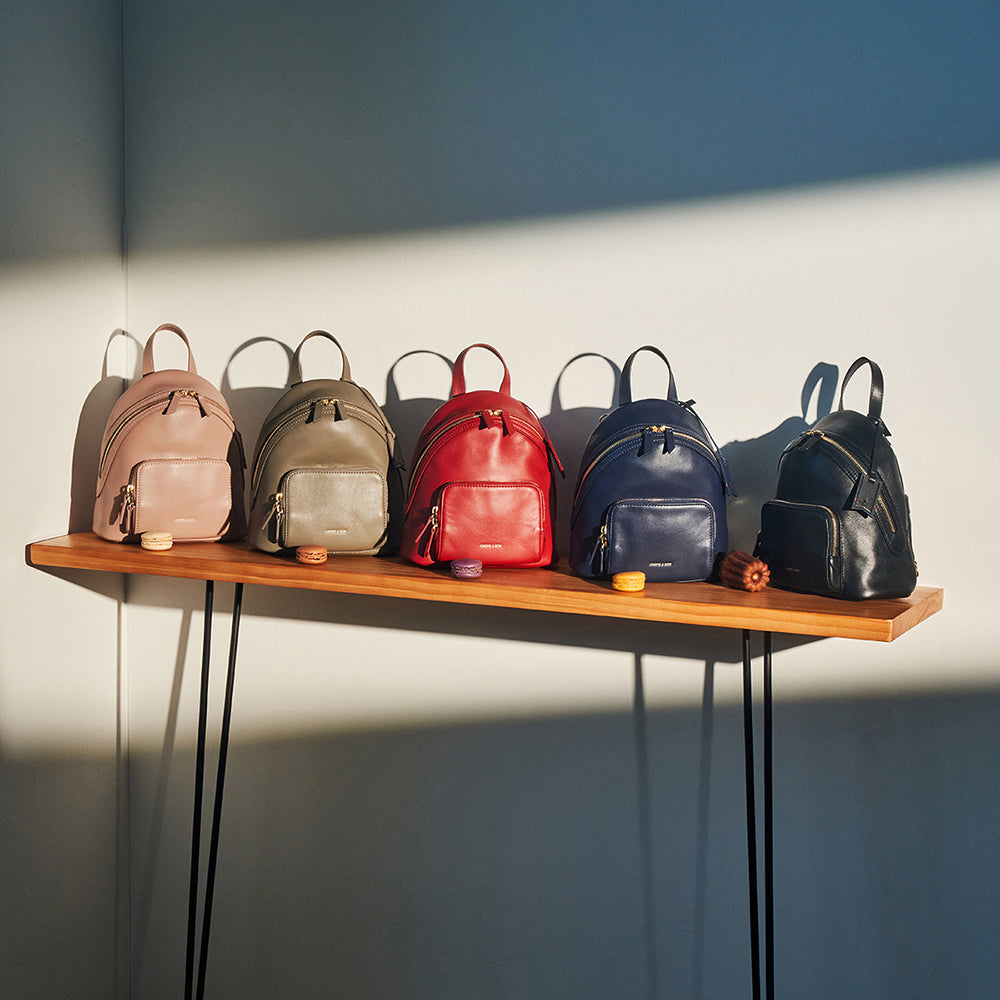

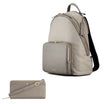
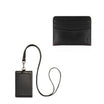


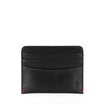
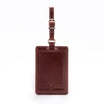
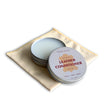
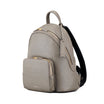
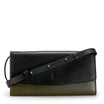

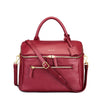
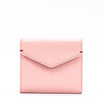
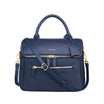
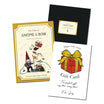

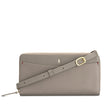
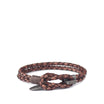

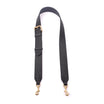
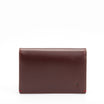
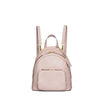

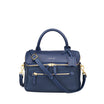
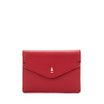
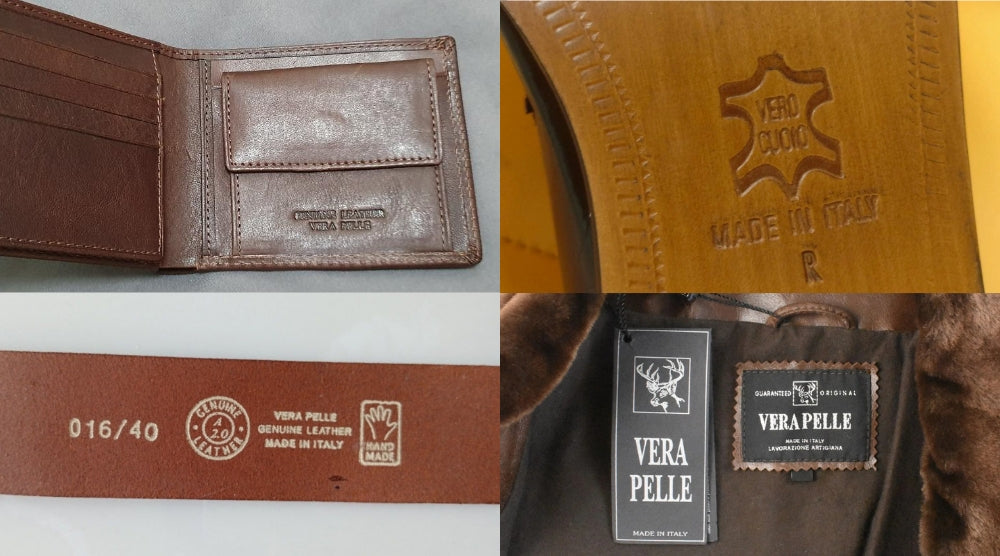
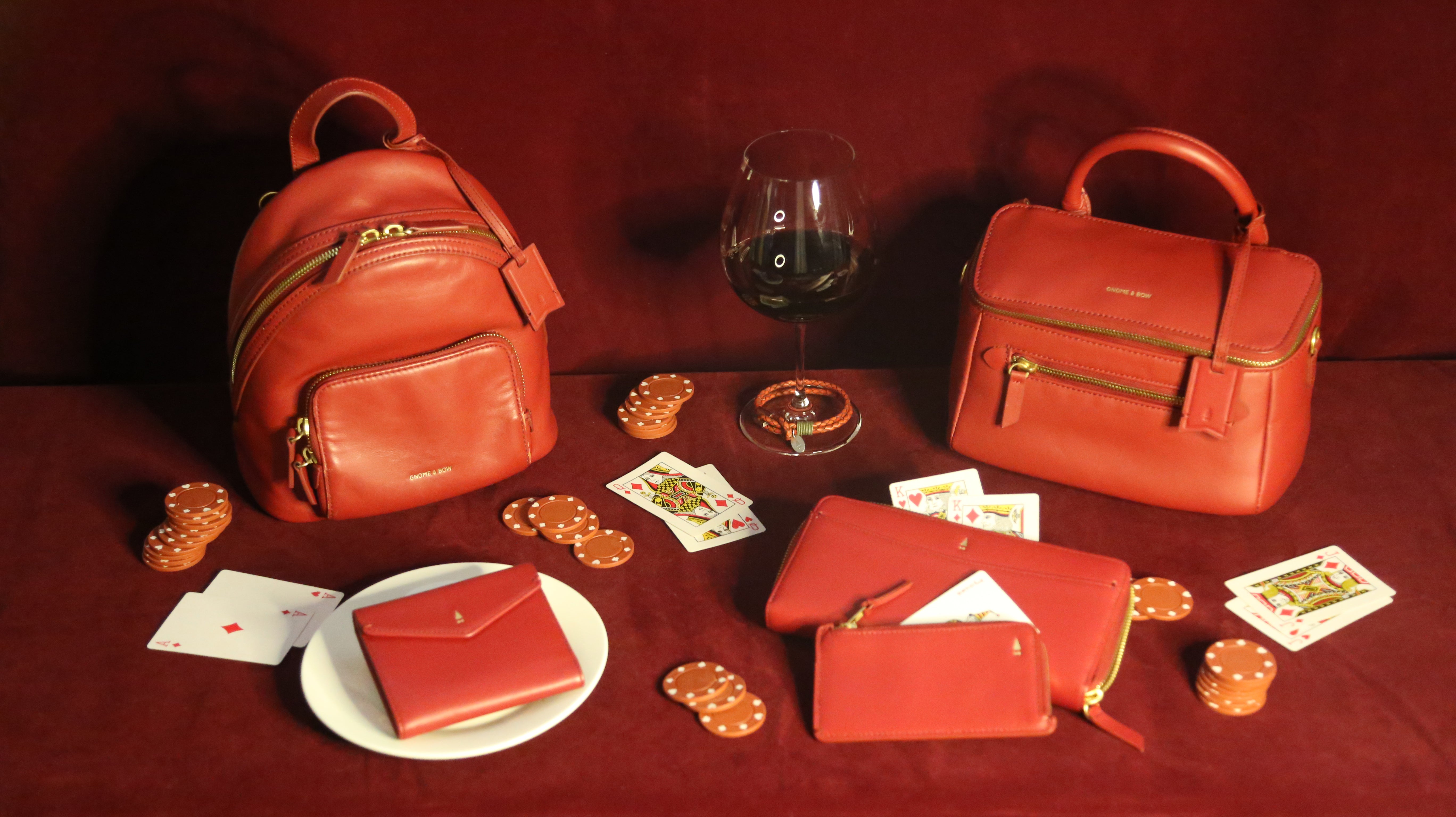
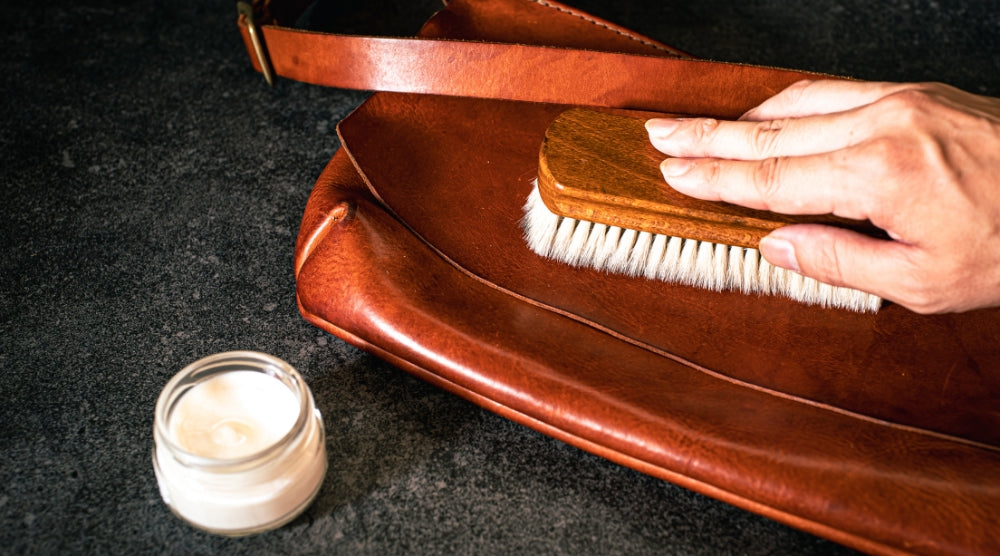
Leave a comment
This site is protected by hCaptcha and the hCaptcha Privacy Policy and Terms of Service apply.